Makkina’s Triumph TR25 concept is a celebration of this low-key studio’s design skill
A triumphant piece of product design, Makkina’s TR25 is a vivid vision of the ultimate minimalist all-electric sports car
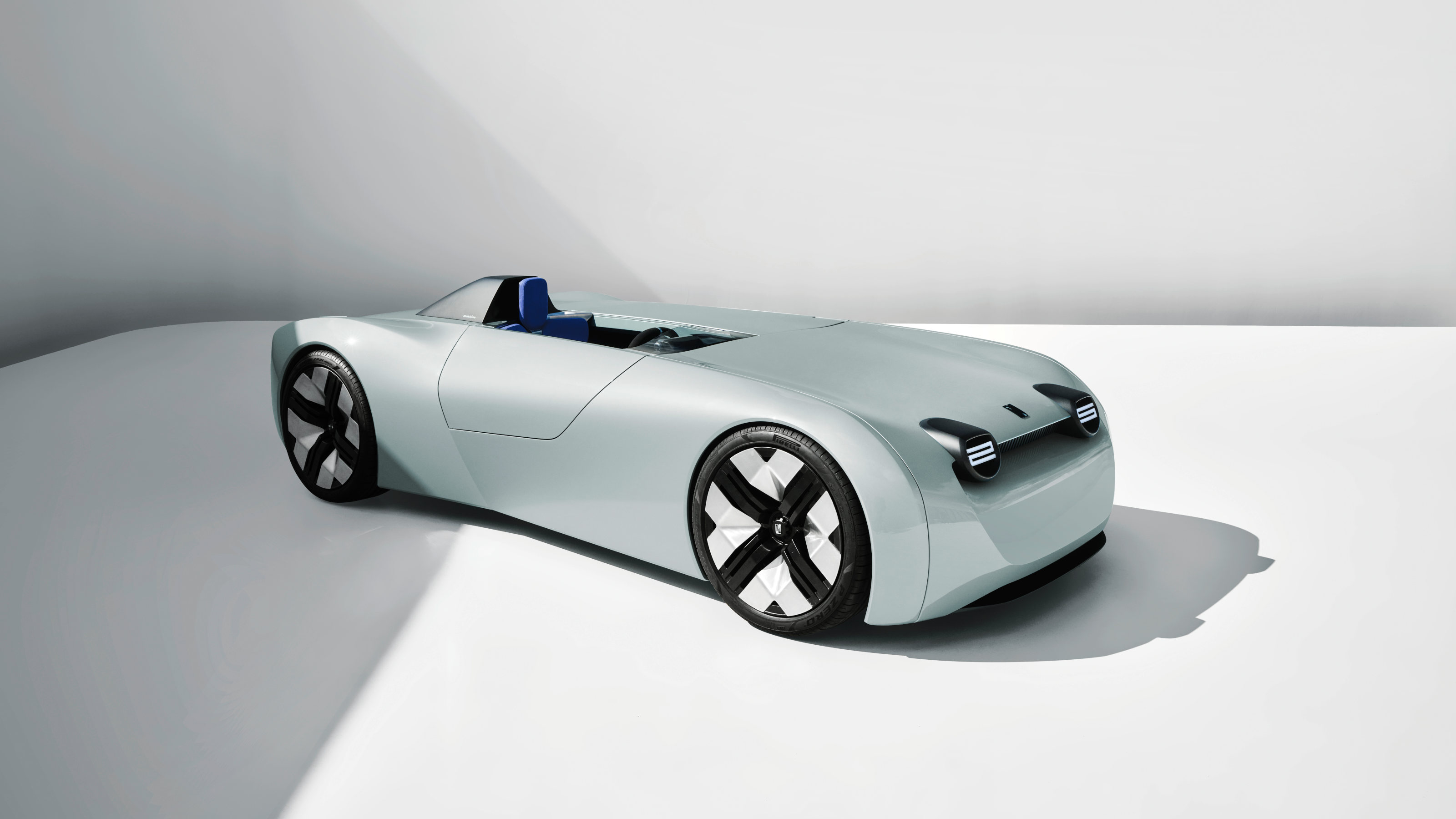
Car design is an incestuous, interwoven and highly self-absorbed business, where designers find their influences and self-expression funnelled through the immovable diktats of brand cohesion. The Triumph TR25 concept car shown here stands gloriously apart from corporate intransigence. Designed by London-based automotive consultancy Makkina to celebrate its 25th anniversary, the TR25 is a spectacular ‘what-if’, a vision of an alternative future that might – just might – come to pass.
Triumph TR25 concept car by Makkina

Makkina was established by designer Michael Ani in 1998, following a pathway that took him through Coventry University, London’s Royal College of Art, and on to work at Volkswagen. Makkina is one of a few highly discreet consultancies that sit on the periphery of the industry, utterly outside of the public view, and advise the big car makers. Ani is understandably unwilling to reveal the extent of this ‘advice’, nor can Makkina ever reveal its client list or portfolio, such is the inherent secrecy of the industry. When it came to celebrating the studio’s 25th anniversary, he wanted to create something that could be shared with the world.
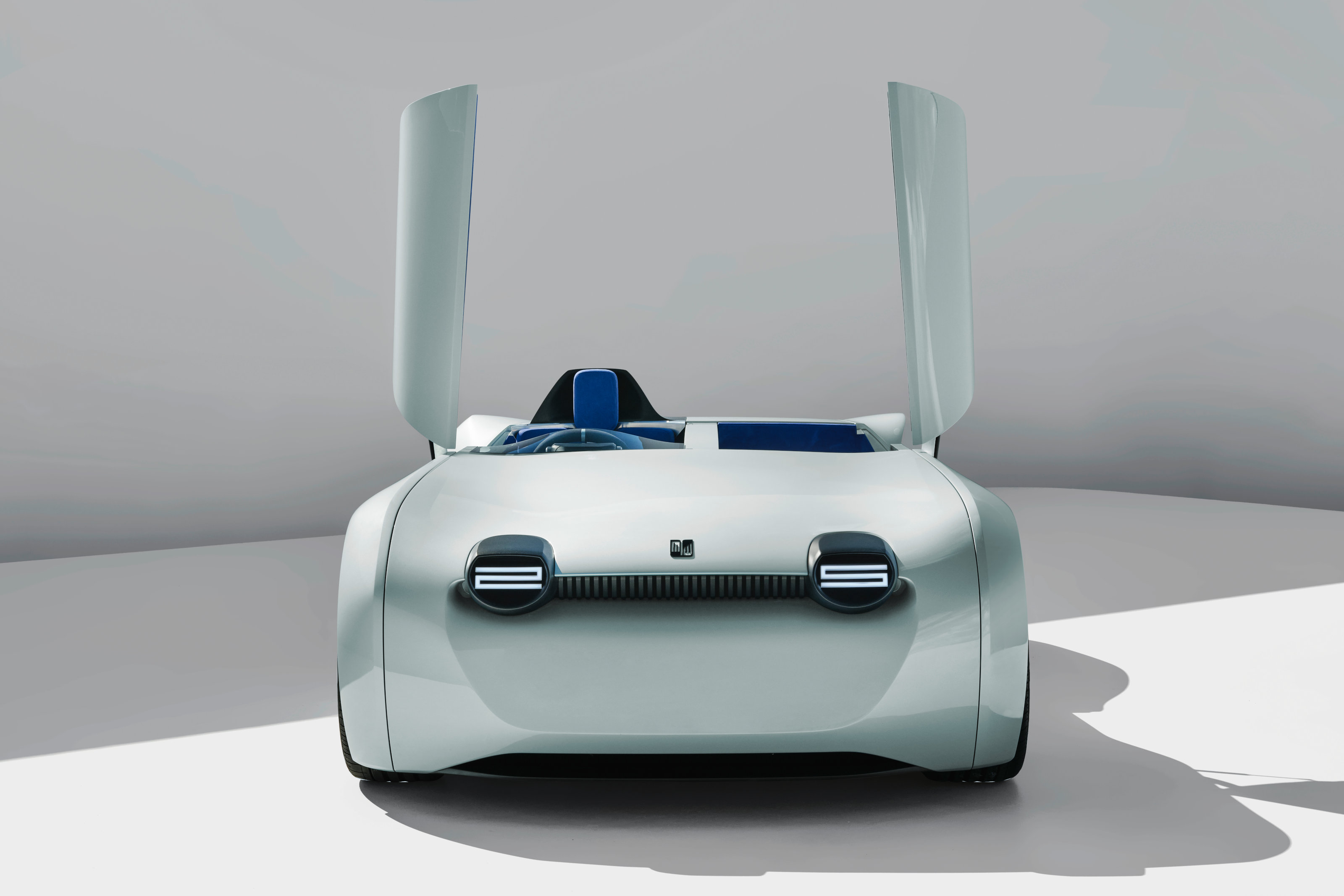
The inspiration came from two sources. The first was a svelte and streamlined one-off record-breaker built by British manufacturer Triumph in 1953. The ‘Jabbeke’ Triumph TR2 once held the world speed record for the sub-2-litre engine class, reaching a shade under 125mph on the Jabbeke highway in Belgium. Now in the British Motor Museum in Warwickshire, the car has always been one of Ani’s favourites. ‘It’s charming but functional,’ he tells us, with a devastating simplicity missing from so many contemporary cars.
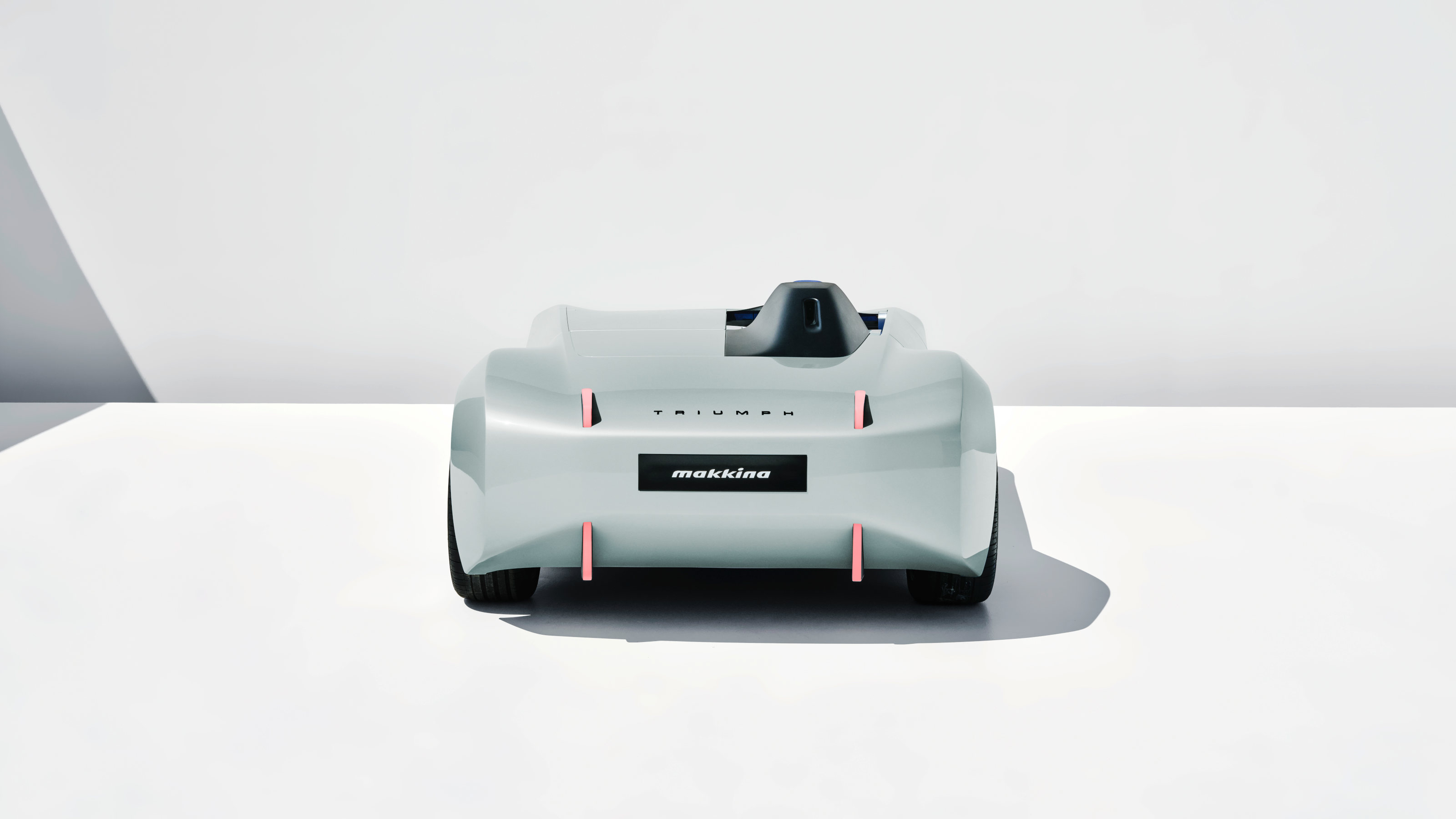
The other source was one of Ani’s own cars, the BMW i3, the pioneering electric car from 2011 that has since become something of a modern classic. Using the i3’s platform and underpinnings as a guide, Ani and his small team set about shaping a vivid update of the little TR2.

The result is a radically simple update of the original, splicing Triumph’s design language with the minimalism afforded by an electric platform. A single seater (a flip-down passenger seat is located under the removable tonneau cover) with flip-up doors, the TR25 is a driver-centric machine, with an enveloping cockpit, simple instrument display and a barely-there windscreen.
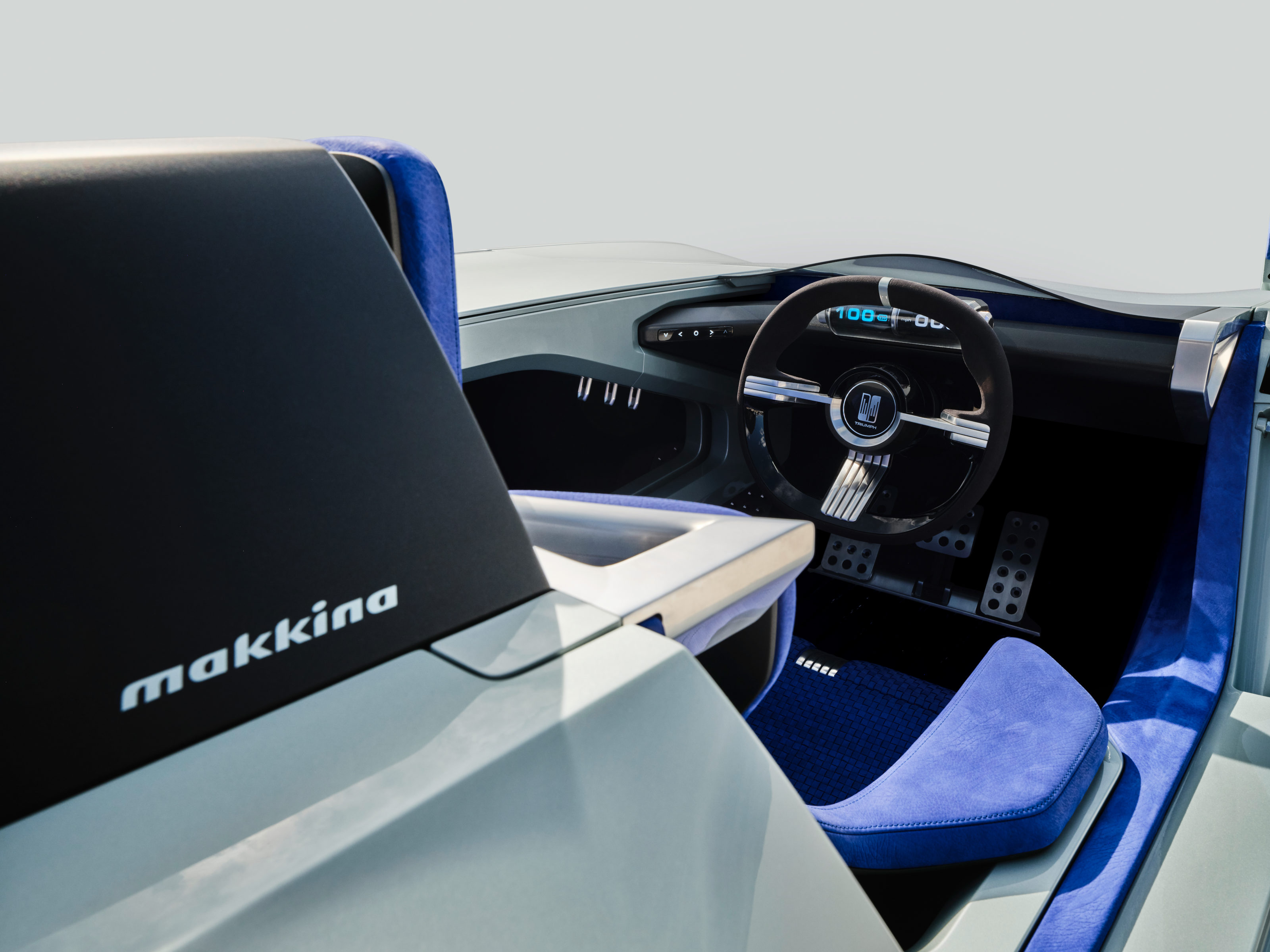
The head and taillights appear to slice through the meticulous sculptured surfaces of the body, terminating the form with twin red blades at the rear and giving the car a friendly, expressive frontage, just like the original Triumphs. The TR25 is an exercise in reduction, boiling away the excess and using very pure surfaces to express key forms, like the front air intake and bumper and the flared rear wheel arches.
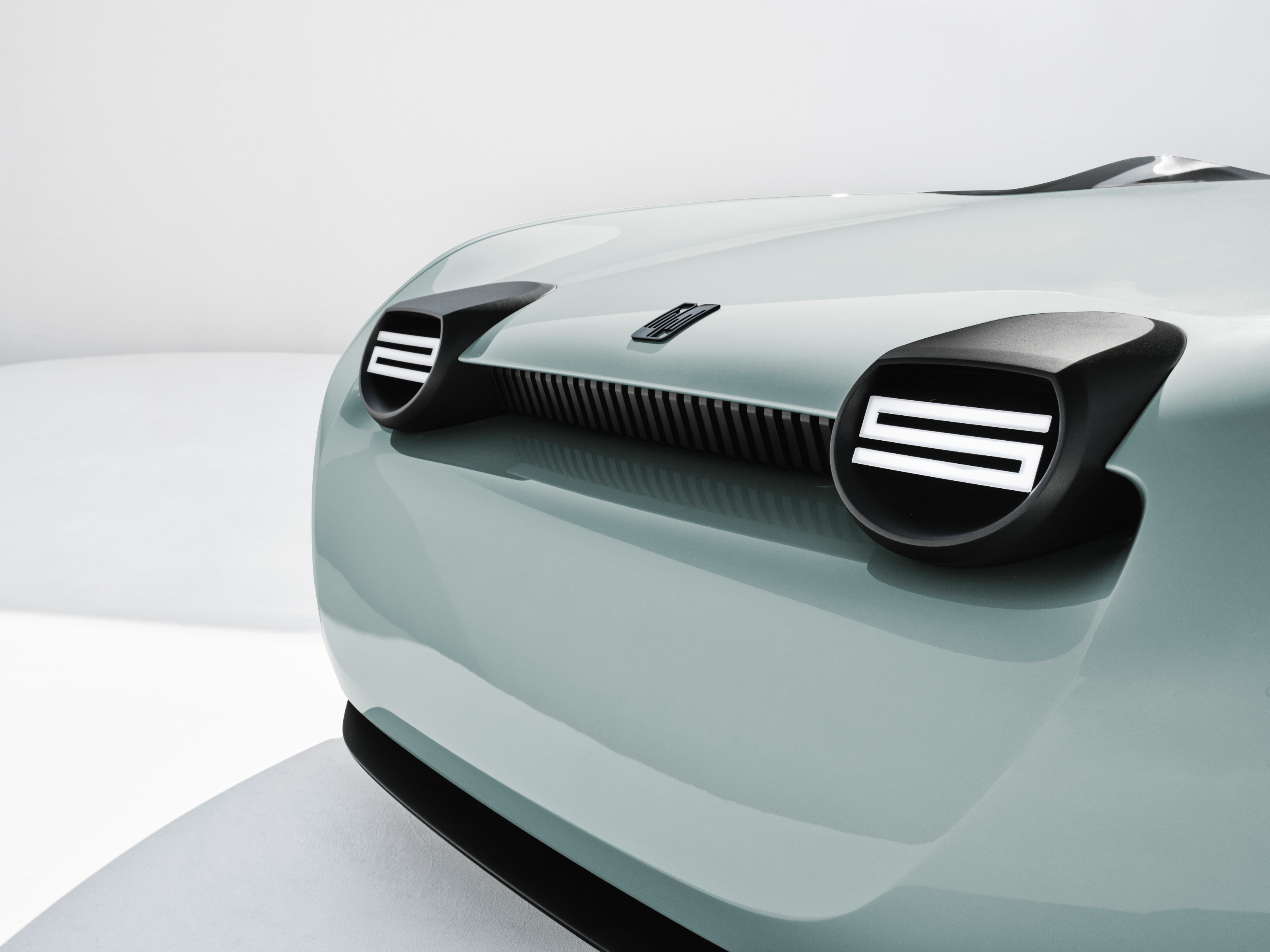
Large 21in wheels fill the openings, pushed right to the very edge of the body. The concept shares a footprint and all dimensions with the i3, although the low, cabin-less body has very different proportions to BMW’s tall city car.
Wallpaper* Newsletter
Receive our daily digest of inspiration, escapism and design stories from around the world direct to your inbox.
For now, you’ll just have to imagine the driving impressions. The BMW i3 is still one of the most spirited EVs, thanks to a low weight and excellent dynamics, and there’s no reason not to expect the TR25 to improve on those qualities, adding another option into the very limited pool of true electric sports cars.
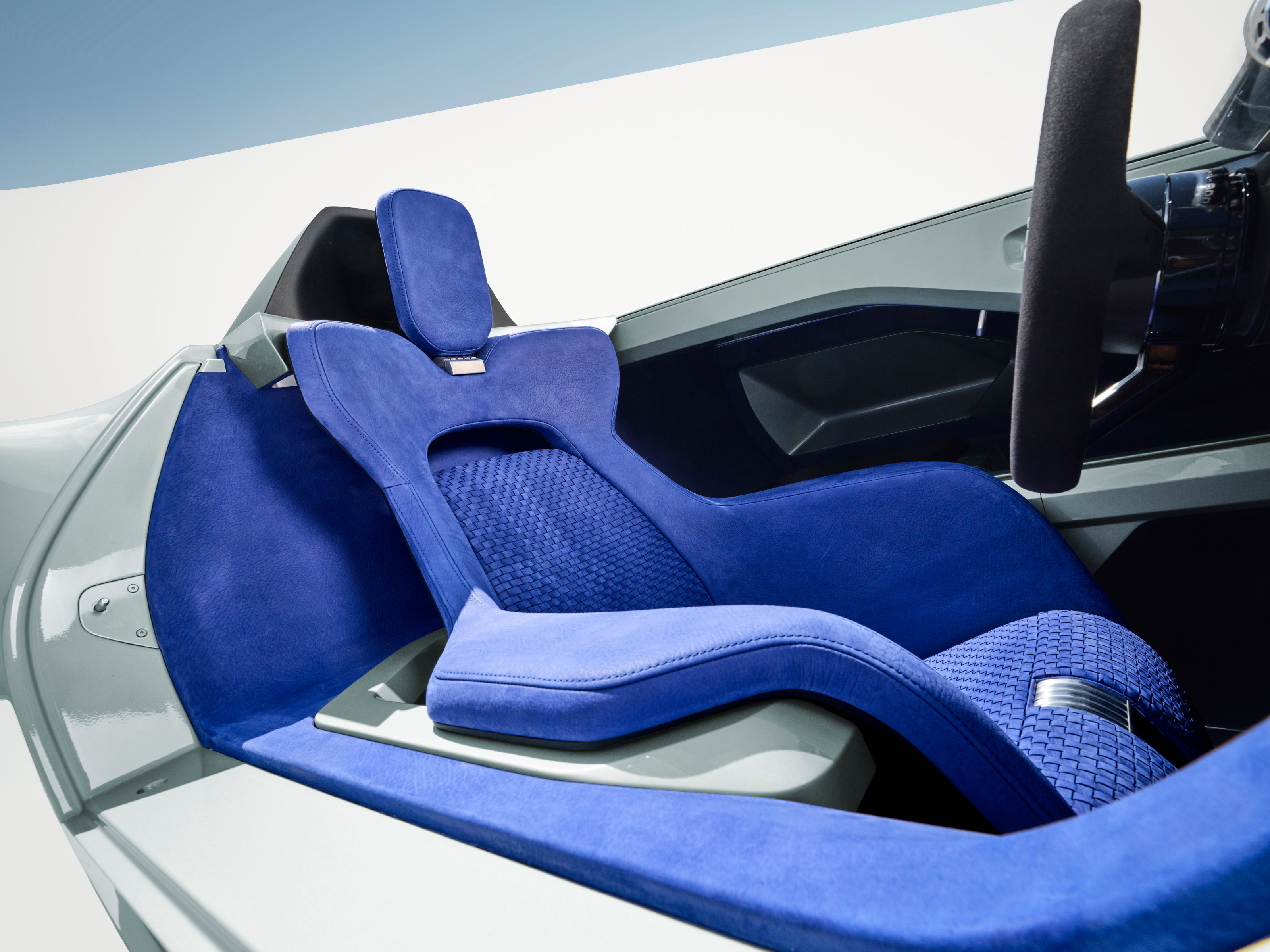
‘It’s a very believable concept,’ Ani admits, although he stresses that it’s purely a design exercise. As the only project Makkina has publicly attached its name to in 25 years, he’s adamant that the TR25’s primary purpose is to ‘get validation from industry and enthusiasts’.
‘We’re not in the business of building cars,’ he adds. ‘This is purely our project, funded by us. It’s just a lovely thing.’
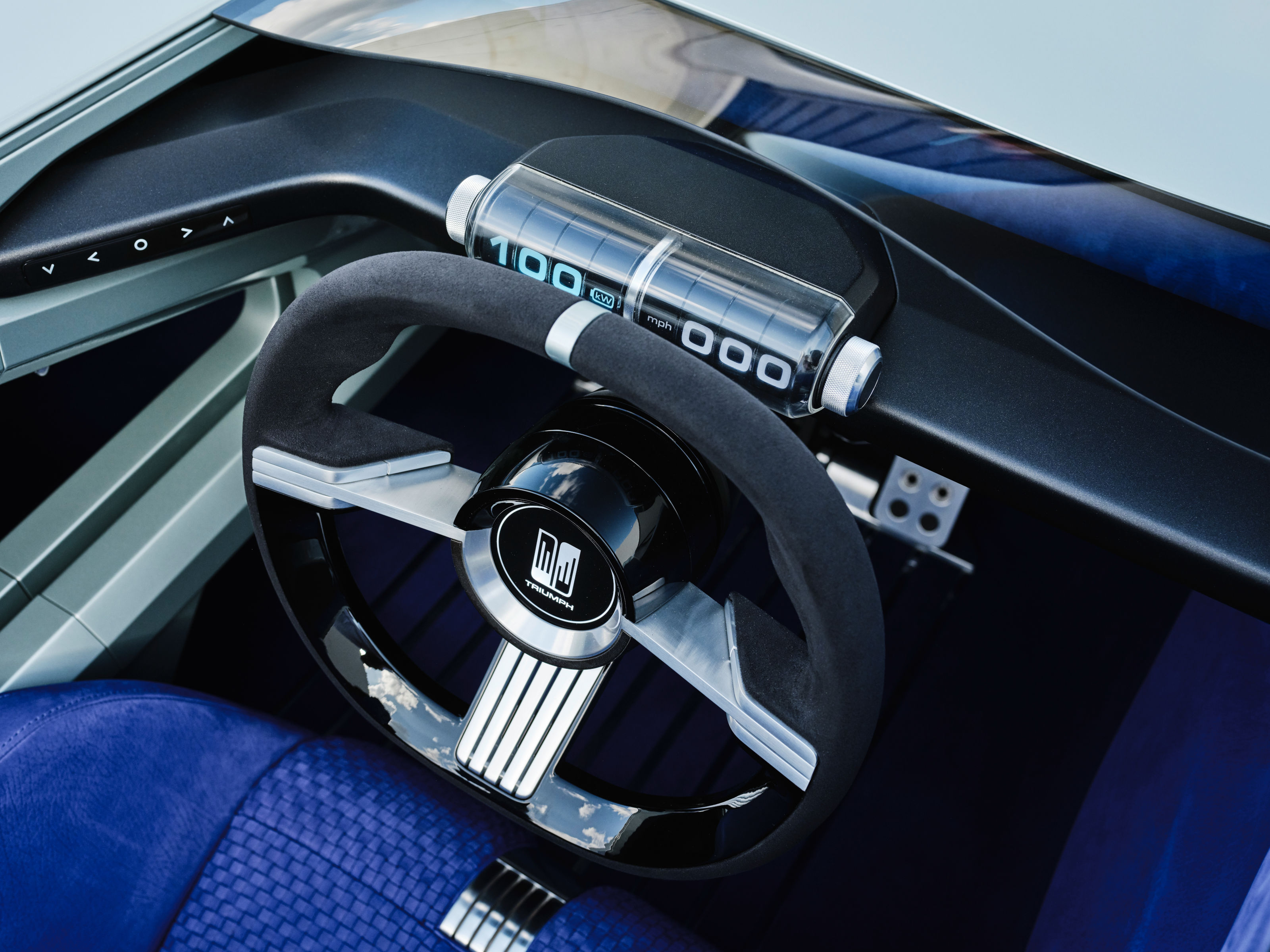
The reception has been overwhelmingly positive, aided by the fact that the little speedster officially bears the name of the Triumph Motor Company, as well as an updated version of its shield-like badge. The custodian of this British brand is none other than BMW AG, who acquired it when it bought the Rover Group in 1994. This year just happens to be the centenary of the construction of Triumph’s first-ever car (it was founded in the 1880s as a bicycle importer and manufacturer).
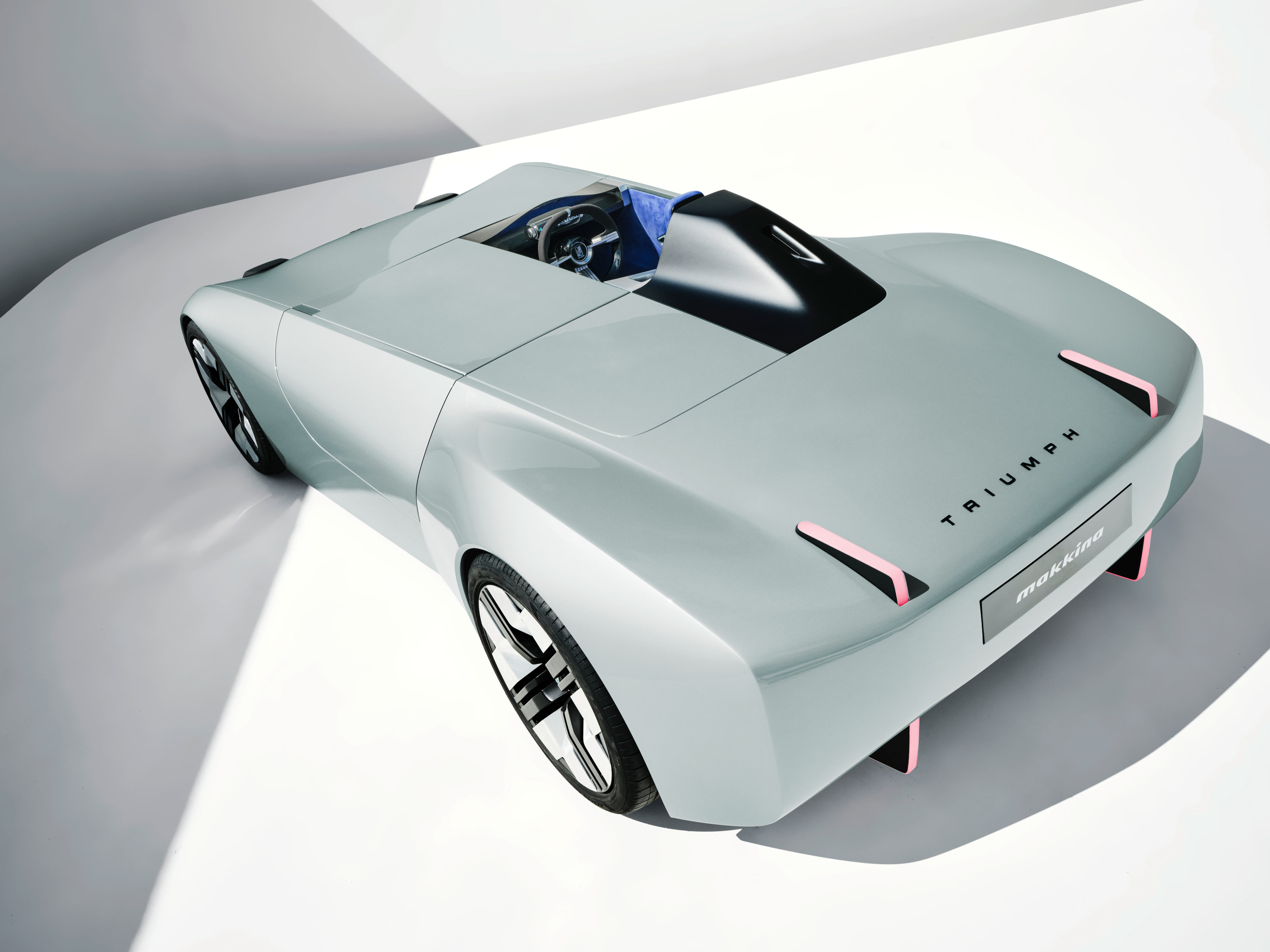
Since 1994, the name has remained dormant, one of a bundle of richly emotional British marques acquired by BMW. These originally included Land Rover, Rover, and MG – all subsequently sold off – as well as Mini and Rolls-Royce, both of which it transformed into shiny new entities that have a cleverly engineered bond with their past. Other names in their archives include Austin, Morris, Wolseley, and Riley. A decade ago it was reported that BMW had extended the Triumph trademark licence into merchandising, but nothing concrete materialised.
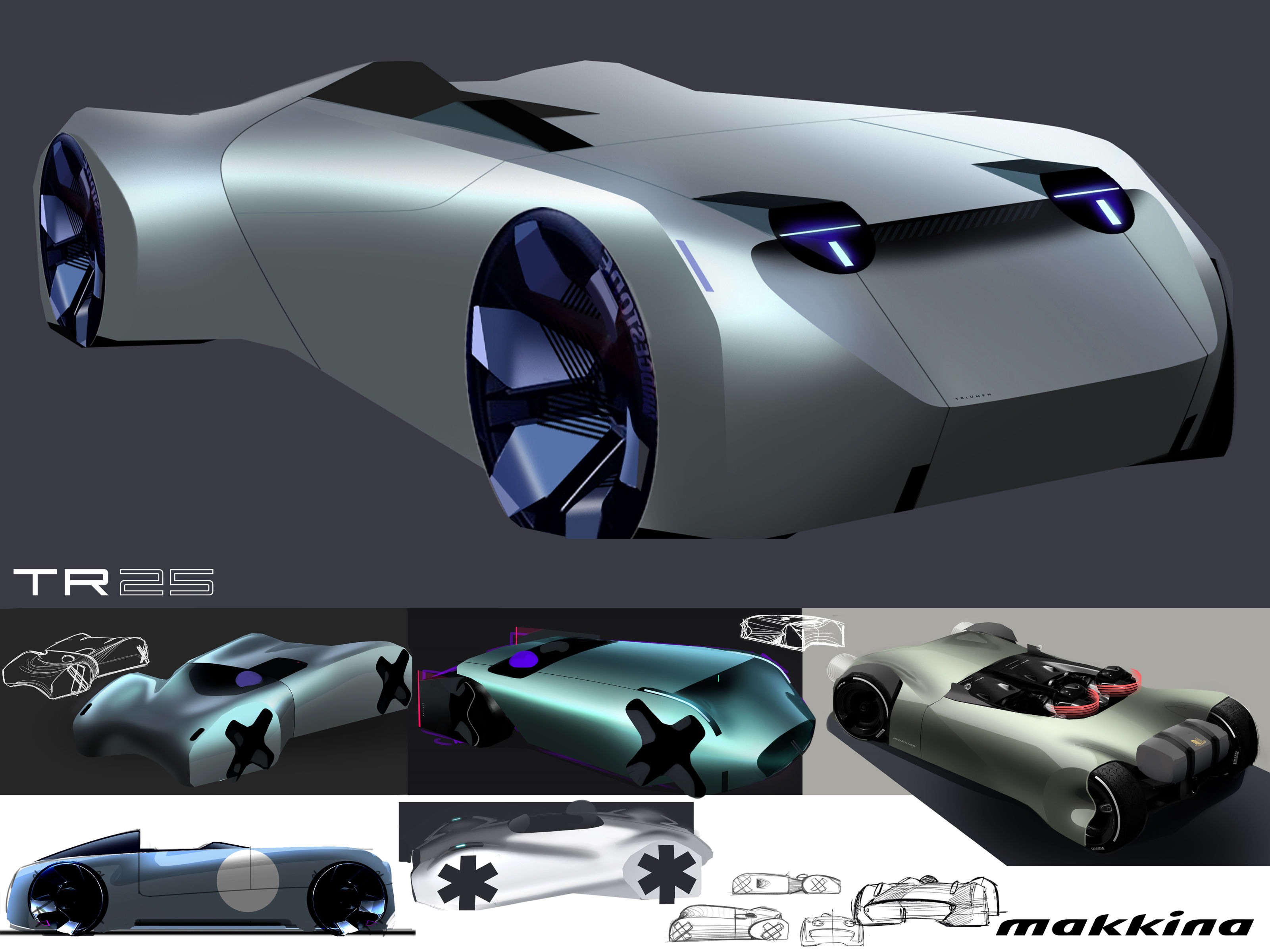
Nevertheless, BMW’s involvement – as both badge-holder and platform builder – hints at a possible future for the TR25 beyond life as a museum piece and a curio in a video game. The presence of BMW design boss Adrian van Hooydonk at the TR25’s London launch didn’t go unnoticed. Ani couldn’t possibly comment. ‘I just wanted to demonstrate that we can take a car brand and project it forwards to make a contemporary statement,’ he says. ‘Triumph is an incredibly significant name in the motoring industry, and we knew we carried a strong responsibility for its reawakening through the TR25. Triumph remains a cherished nameplate, holding a very special place in our hearts at Makkina.’
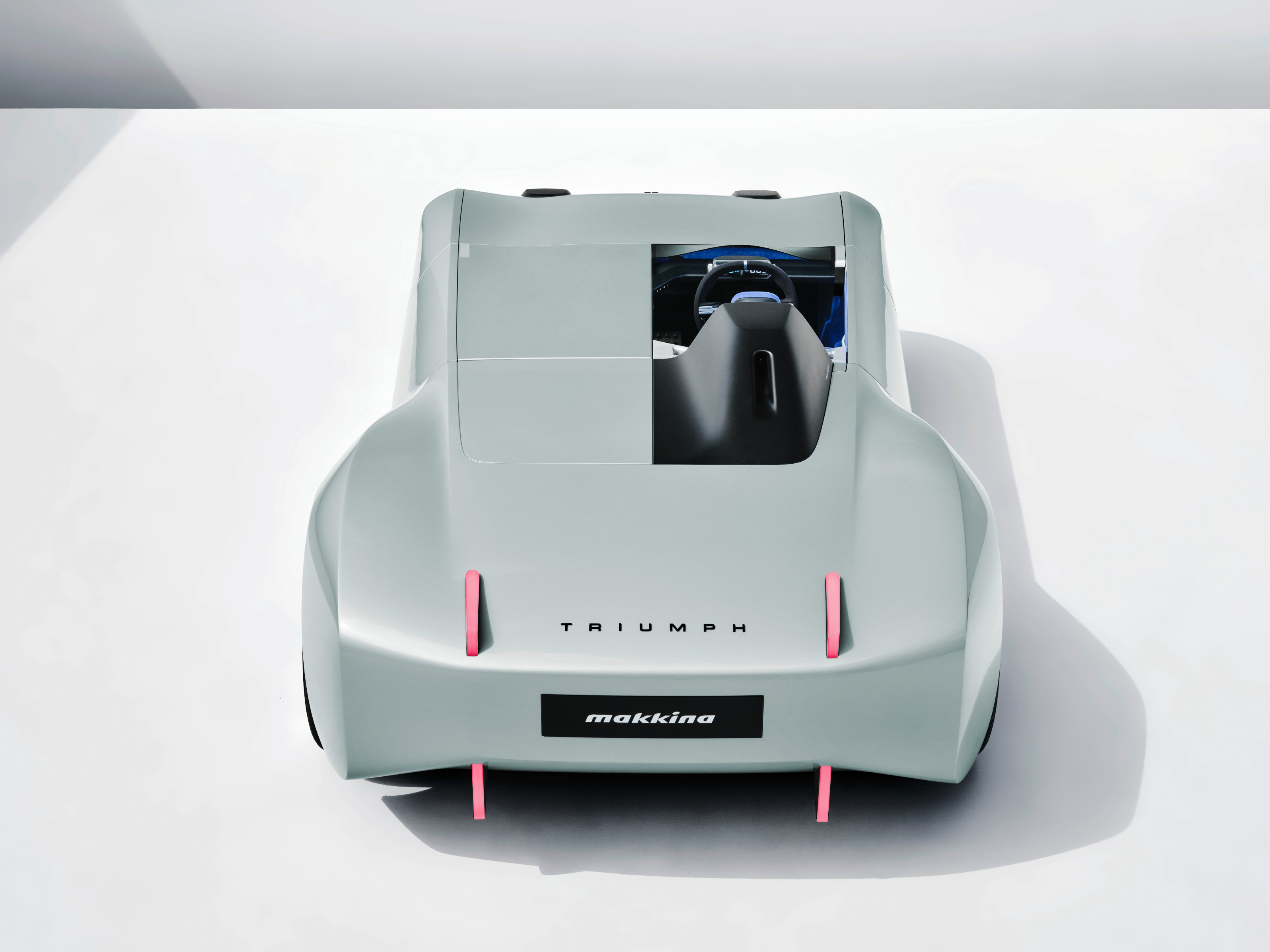
Jonathan Bell has written for Wallpaper* magazine since 1999, covering everything from architecture and transport design to books, tech and graphic design. He is now the magazine’s Transport and Technology Editor. Jonathan has written and edited 15 books, including Concept Car Design, 21st Century House, and The New Modern House. He is also the host of Wallpaper’s first podcast.
-
 Marylebone restaurant Nina turns up the volume on Italian dining
Marylebone restaurant Nina turns up the volume on Italian diningAt Nina, don’t expect a view of the Amalfi Coast. Do expect pasta, leopard print and industrial chic
By Sofia de la Cruz
-
 Tour the wonderful homes of ‘Casa Mexicana’, an ode to residential architecture in Mexico
Tour the wonderful homes of ‘Casa Mexicana’, an ode to residential architecture in Mexico‘Casa Mexicana’ is a new book celebrating the country’s residential architecture, highlighting its influence across the world
By Ellie Stathaki
-
 Jonathan Anderson is heading to Dior Men
Jonathan Anderson is heading to Dior MenAfter months of speculation, it has been confirmed this morning that Jonathan Anderson, who left Loewe earlier this year, is the successor to Kim Jones at Dior Men
By Jack Moss
-
 2025 Seoul Mobility Show report: all that's new and notable
2025 Seoul Mobility Show report: all that's new and notableOpened at a time of high national drama, the 2025 Seoul Mobility Show has gone on to underscore Korea’s place at the cutting edge of the auto industry. Guy Bird was there
By Guy Bird
-
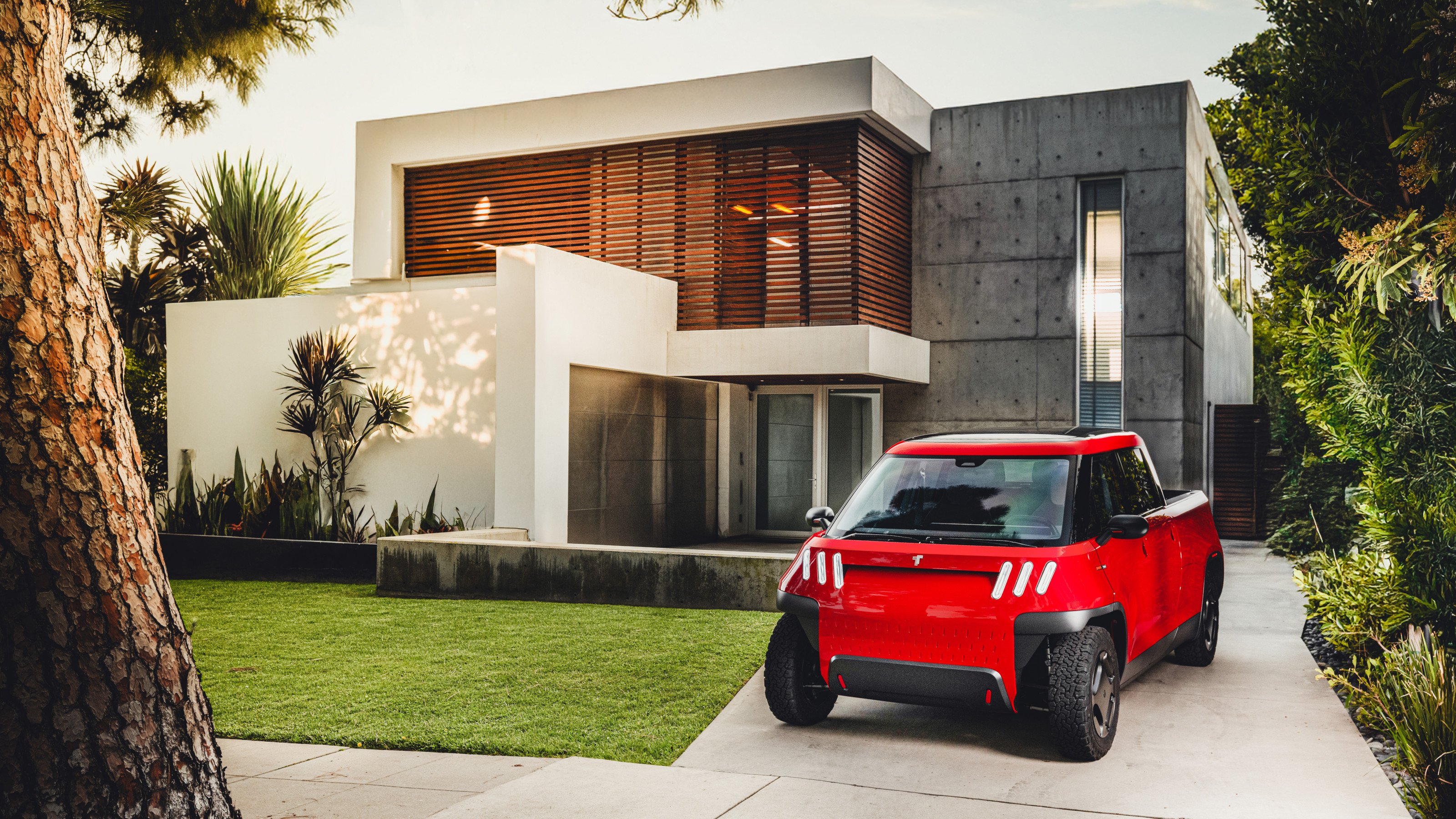 Meet the final drivable prototype of the Telo MT1 pickup truck, shaped by Fuseproject
Meet the final drivable prototype of the Telo MT1 pickup truck, shaped by FuseprojectThe Telo MT1 is a modestly scaled EV that turns the traditional all-American approach to pick-up truck design on its head
By Jonathan Bell
-
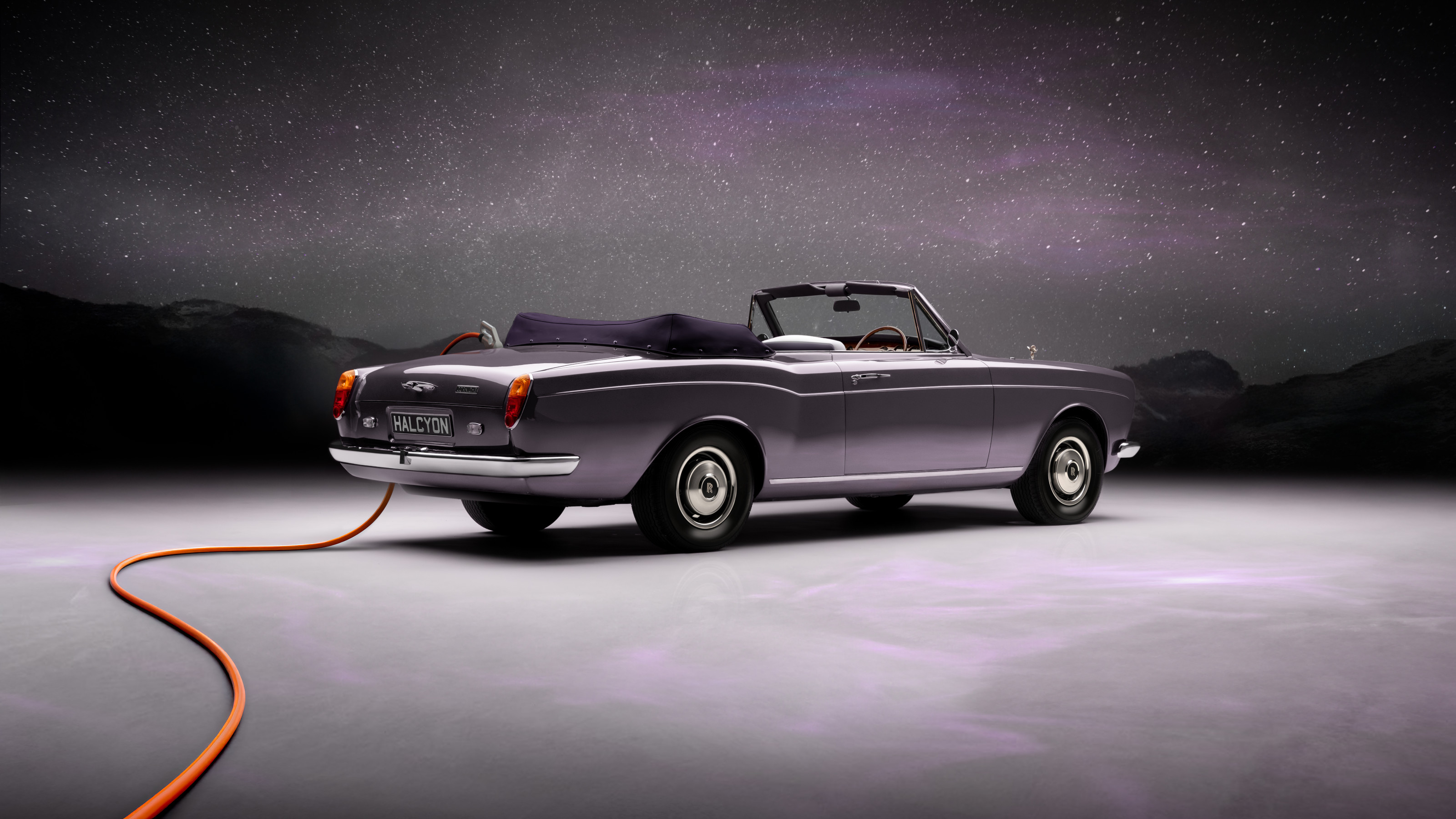 EV start-up Halcyon transforms a classic 1970s Rolls-Royce into a smooth electric operator
EV start-up Halcyon transforms a classic 1970s Rolls-Royce into a smooth electric operatorThis 1978 Rolls-Royce Corniche is the first fruit of a new electric restomod company, the Surrey-based Halcyon
By Jonathan Bell
-
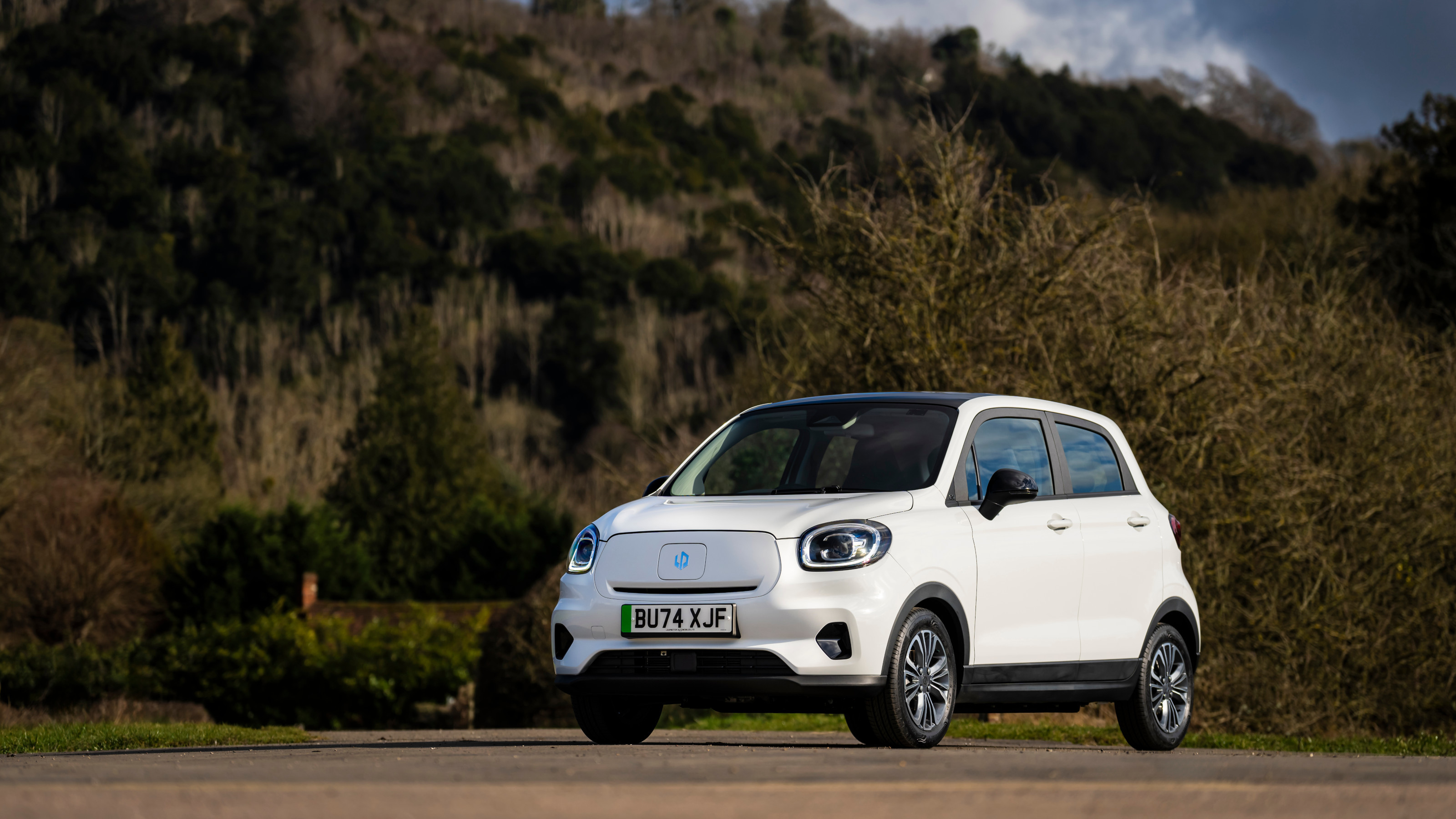 China’s Leapmotor pounces on the European car market with its T03 city car and C10 SUV
China’s Leapmotor pounces on the European car market with its T03 city car and C10 SUVLeapmotor’s tiny electric city car could be just the tonic for cramped urban Europe. We sample the T03 and its new sibling, the fully loaded C10 SUV, to see if the company’s value proposition stacks up
By Jonathan Bell
-
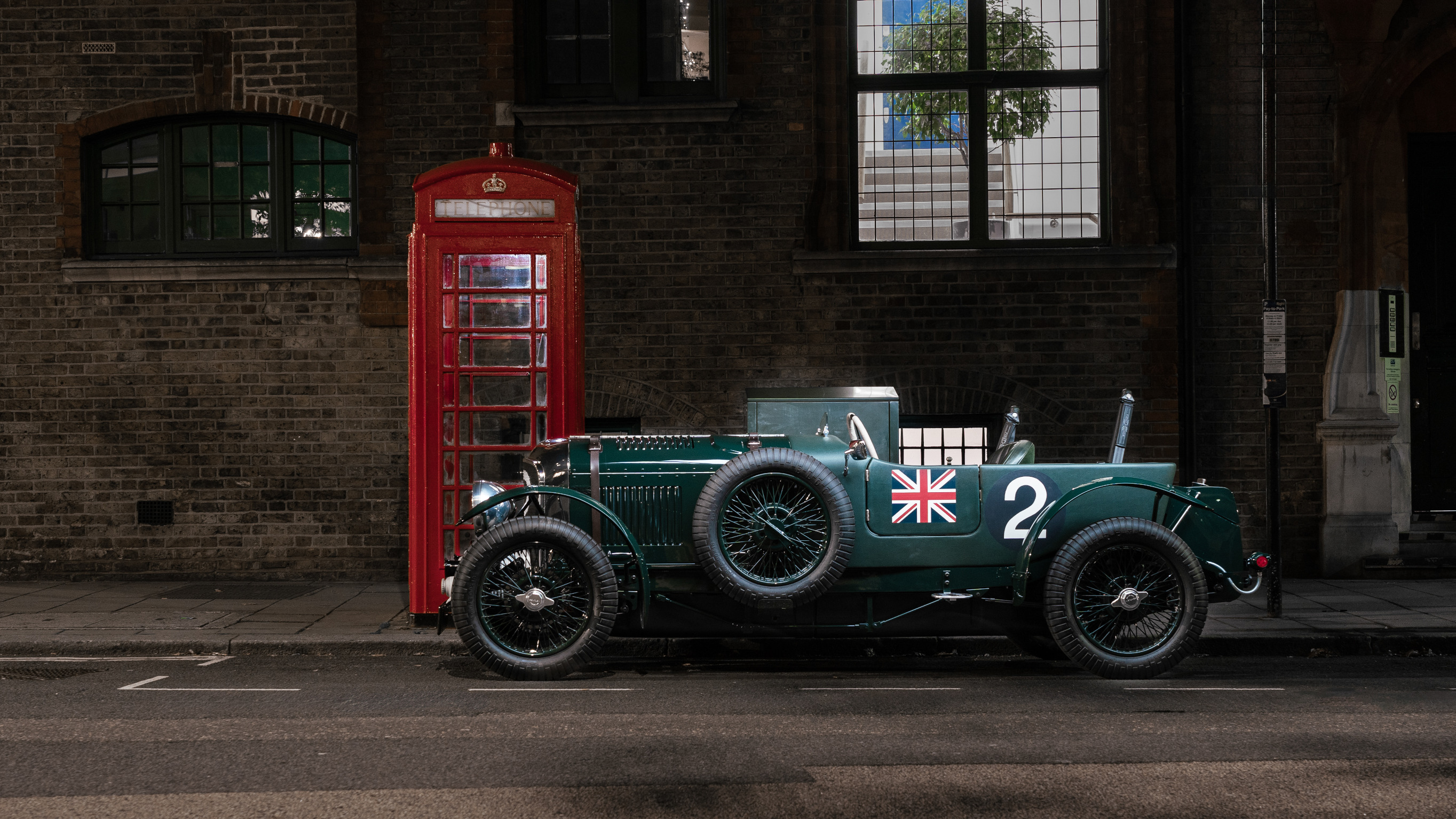 Wallpaper* takes the wheel of the Bentley Blower Jnr for a rich automotive experience
Wallpaper* takes the wheel of the Bentley Blower Jnr for a rich automotive experienceHedley Studios has shrunk the mighty Bentley Blower into this all-electric, road-legal barnstormer. We take it to the streets of London
By Jonathan Bell
-
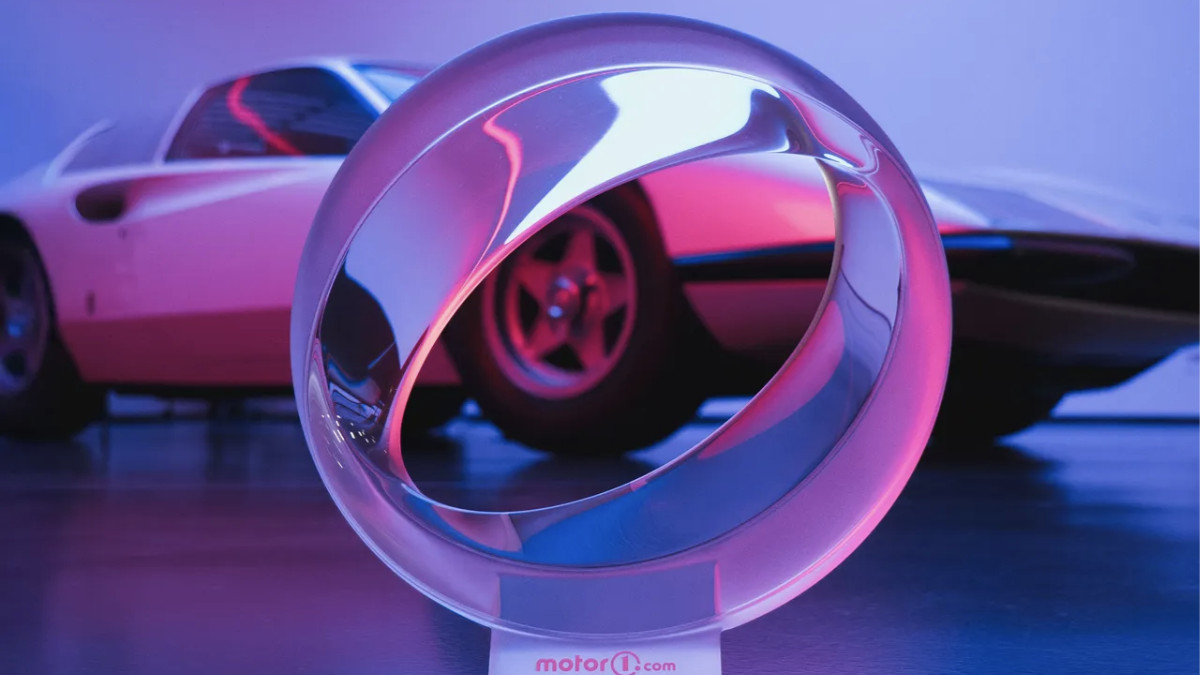 We are the world: Pininfarina’s ‘Orbis’ taps Papal support for an eco-friendly agenda
We are the world: Pininfarina’s ‘Orbis’ taps Papal support for an eco-friendly agendaThe Orbis is a ‘symbolic object’, a gift to Pope Francis from the Italian design agency at a time of political upheaval and social fracture around all aspects of sustainability
By Jonathan Bell
-
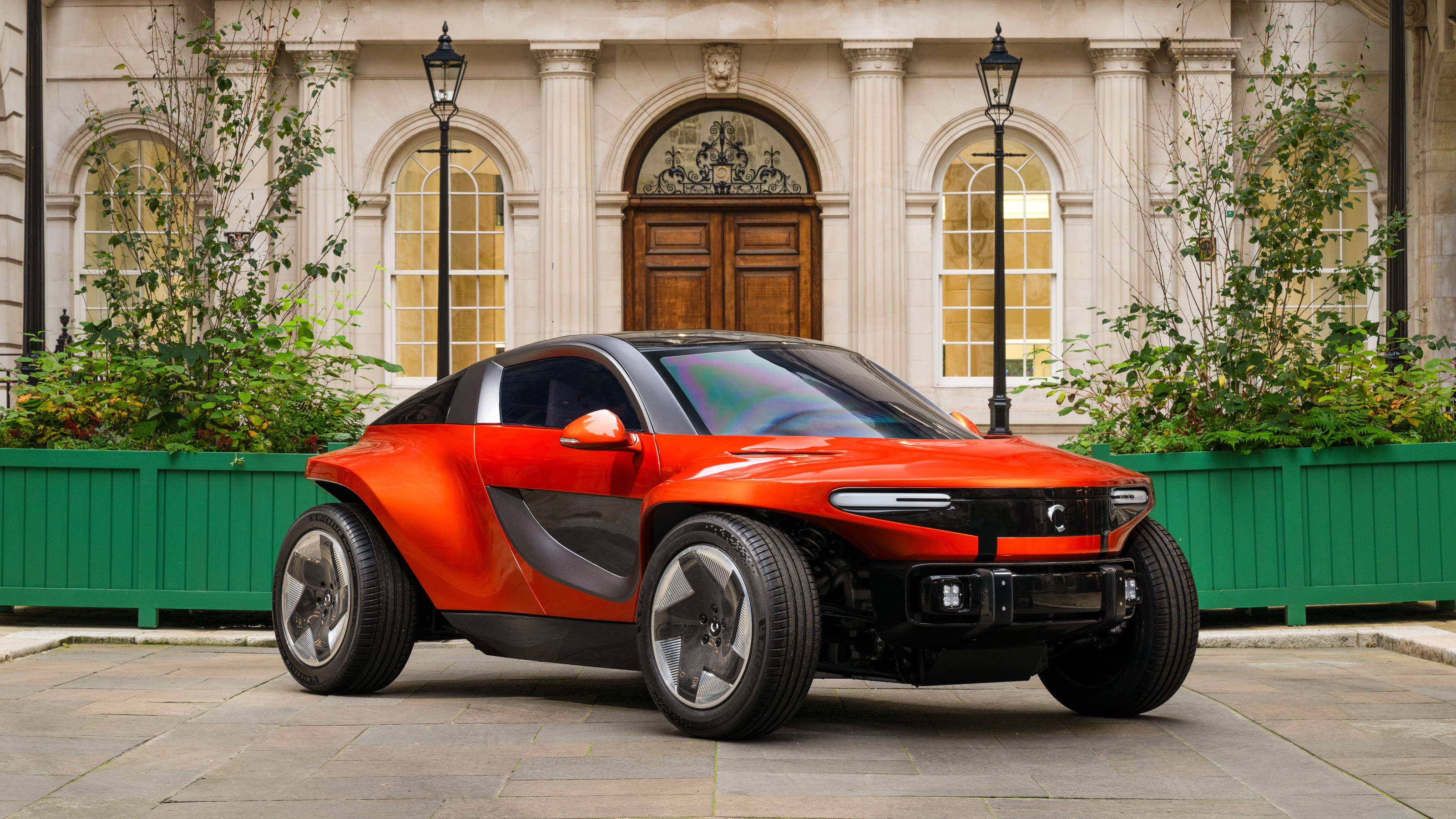 The exclusive Callum Skye EV reveals its interior style ahead of a 2025 launch
The exclusive Callum Skye EV reveals its interior style ahead of a 2025 launchThe Skye is a bespoke sporting EV with a lightweight ethos and an unconventional design. The forthcoming car now has a fully finished interior
By Jonathan Bell
-
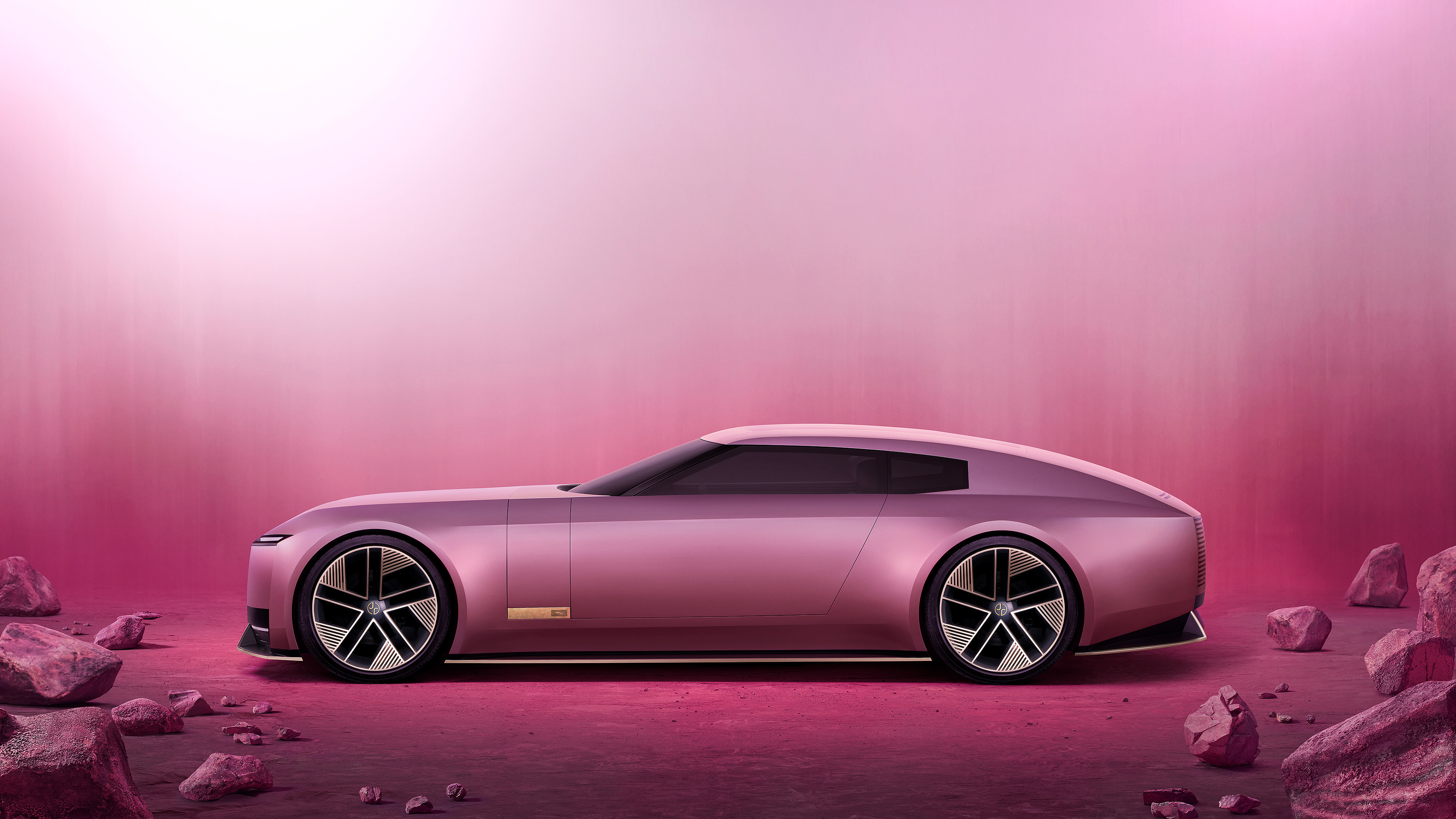 La Vie en Rose: can the Jaguar Type 00 reset the narrative surrounding the brand’s reinvention?
La Vie en Rose: can the Jaguar Type 00 reset the narrative surrounding the brand’s reinvention?This is the Jaguar Type 00, the first physical manifestation of the reborn brand’s new commitment to ‘Exuberant Modernism’. We take it for a semiotic spin
By Jonathan Bell